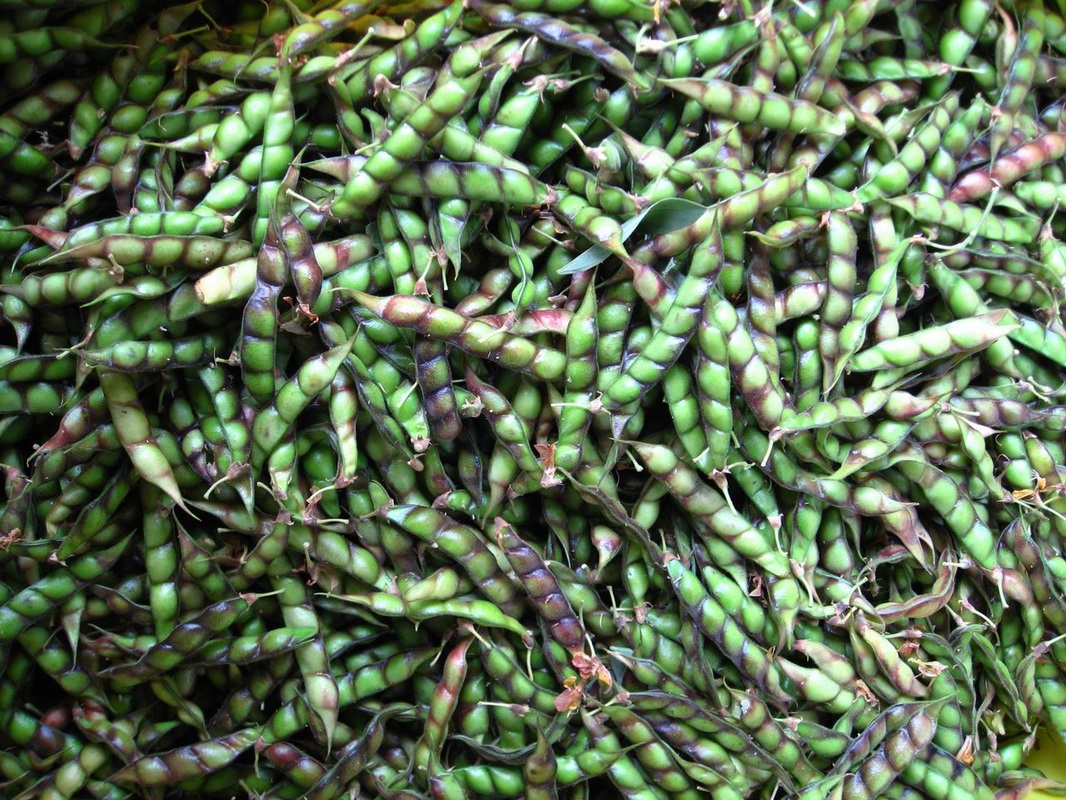See that pretty tree in front, with a couple orange leaves, that's Casasia Clusiifolia. The Seven's Year's Apple.
The fruit is edible, but really only if you're hungry enough. You should wait until the fruit is dark and soft. It tastes similar to rotten onions, or some say prunes. It's name is actually a reference to how long the fruit takes to ripen.
In bush medicine the fruit and leaves are sometimes used in teas. They are often used as purgatives and emetics. The leaves contain are known to contain flavonoids.
Besides benefiting humans, the apple also provides benefits to the animals of the islands. Mocking birds and iguanas love the fruit while the tree provides a great environment for bugs and has some resistance to invasive species, like the austalian pine.
So go ahead and try it if you like. Just make sure to spit out the seeds and plant a new tree while you're at it!
Sources:
Wilmanowicz, Renate. Bush Medicine in the Bahamas: A Modern Approach. Createspace, 2012. 40. Print.
http://www.eattheweeds.com/genipa-clusiifolia-an-acquired-taste-2/
.JPG)

.JPG)
.JPG)

.JPG)
.JPG)
.JPG)
.JPG)
.JPG)
.JPG)
.JPG)


.JPG)
.JPG)
.JPG)
.JPG)



